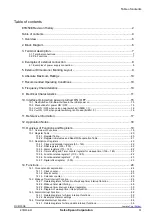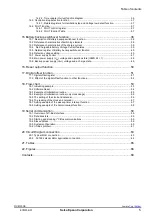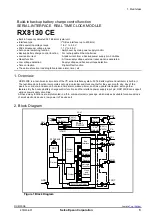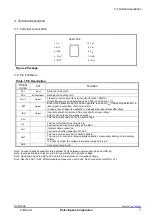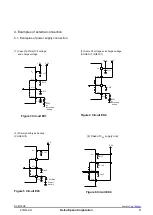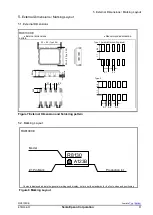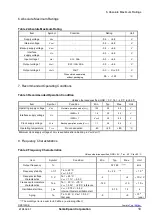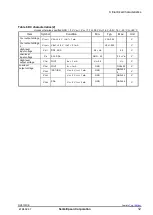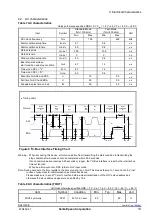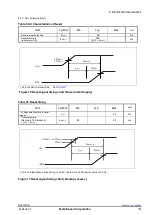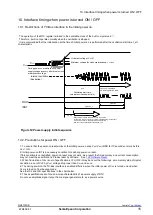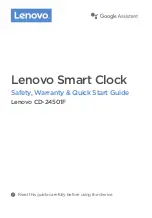
12. Application Notes
RX8130CE
Jump to
ETM50E-07
Seiko Epson Corporation
18
12. Application Notes
1) Notes on handling
This module uses a C-MOS IC to realize low power consumption. Carefully note the following cautions when handling.
(1) Static electricity
While this module has built-in circuitry designed to protect it against electrostatic discharge, the chip could still be damaged by
a large discharge of static electricity. Containers used for packing and transport should be constructed of conductive materi als.
In addition, only soldering irons, measurement circuits, and other such devices which do not leak high voltage should be used
with this module, which should also be grounded when such devices are being used.
(2) Noise
If a signal with excessive external noise is applied to the power supply or input pins, the device may malfunction or "latch up."
In order to ensure stable operation, connect a filter capacitor (preferably ceramic) of greater that 0.1
F as close as possible
to the power supply pins. Also, avoid placing any device that generates high level of electronic noise near this module.
(3) Voltage levels of input pins
When the voltage of out of the input voltage specifications range input into an input terminal constantly, a penetration elec tric
current occurs. Thus, current consumption increases very much. This causes Latch-up, and there is the case that, as a result, a
built-in IC is destroyed. Please use an input terminal according to input voltage specifications.
Furthermore, please input the V
IO
or GND most recent voltage as much as possible.
(4) Handling of unused pins
Disposal of unused input terminals. When an input terminal is open state, it causes increase of a consumption electric current
and the behavior that are instability. Please fix an unused input terminal to the voltage that is near to V
IO
or GND.
2) Notes on packaging
(1) Soldering heat resistance.
If the temperature within the package e260
C, the characteristics of the crystal oscillator will be degraded and it may
be damaged. The reflow conditions within our reflow profile is recommended. Therefore, always check the mounting
temperature and time before mounting this device. Also, check again if the mounting conditions are later changed.
(2) Mounting equipment
While this module can be used with general-purpose mounting equipment, the internal crystal oscillator may be damaged in
some circumstances, depending on the equipment and conditions. Therefore, be sure to check this. In addition, if the
mounting conditions are later changed, the same check should be performed again.
(3) Ultrasonic cleaning
Depending on the usage conditions, there is a possibility that the crystal oscillator will be damaged by resonance during
ultrasonic cleaning. Since the conditions under which ultrasonic cleaning is carried out (the type of cleaner, power level, t ime,
state of the inside of the cleaning vessel, etc.) vary widely, this device is not warranted against damage during ultrasonic
cleaning.
(4) Mounting orientation
This device can be damaged if it is mounted in the wrong orientation. Always confirm the orientation of the device before
mounting.
(5) Leakage between pins
Leakage between pins may occur if the power is turned on while the device has condensation or dirt on it. Make sure the
device is dry and clean before supplying power to it.
(6) Installation of charged battery.
When a charged backup battery is installed by soldering, battery connection terminal of this device should connect to
GND, beforehand.

